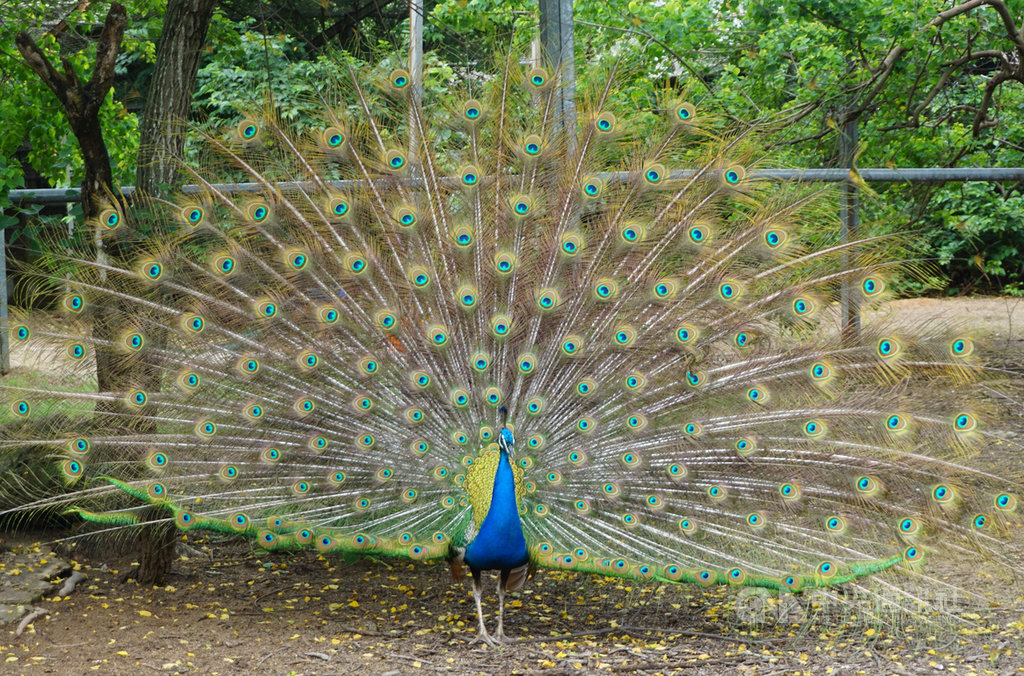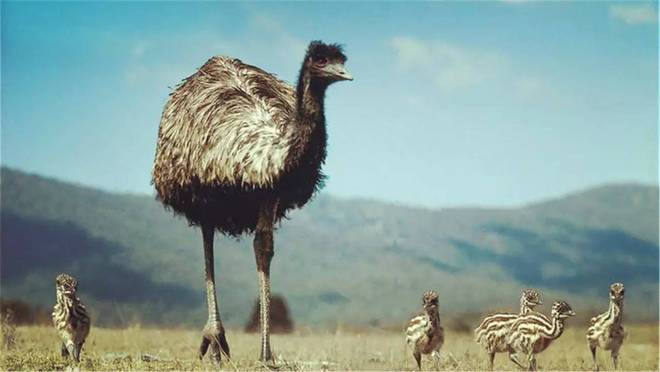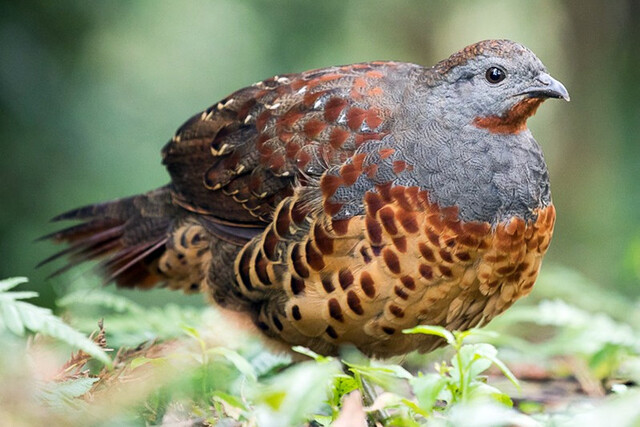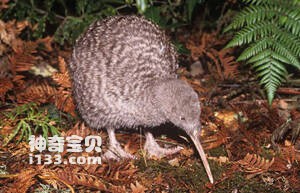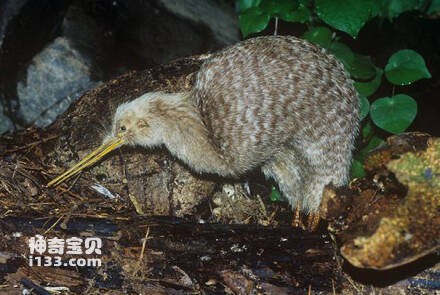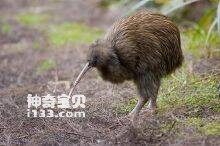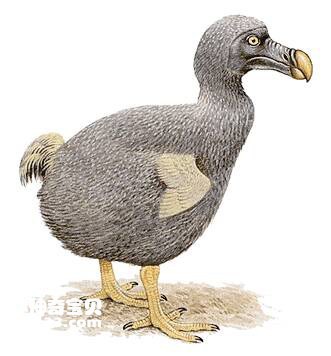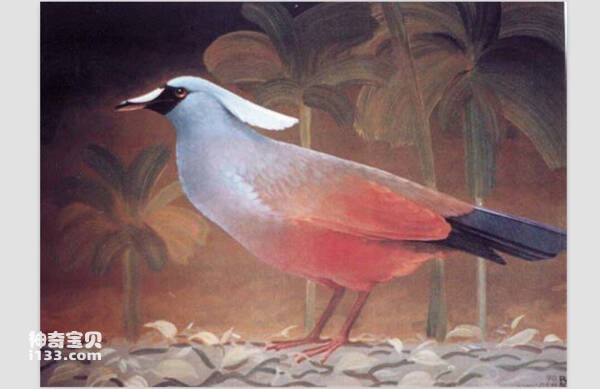Pauxi koepckeae
IUCN
LCBasic Information
Scientific classification
- name:Pauxi koepckeae
- Scientific Name:Pauxi koepckeae,Sira Curassow
- Outline:Landfowl
- Family:Chickeniformes P.family P.Genus
Vital signs
- length:85-95cm
- Weight:No textual research information is available
- lifetime:No textual research information is available
Feature
The frontal side of the head has a long, dark gray helmet
Distribution and Habitat
It is found in Peru.
Appearance
It is 85-95 cm long and has a long, dark grey helmet on the front of its head. The feathers are black and white from the tip of the tail to the rump. The bird has a bright red beak and light blue strap, and its head is flat and shorter and rounder than the horned Helmet pheasant. There is also only a thin white tip to the tail. During the breeding season, the legs are usually reddish, but in males they are yellowish. If the female bird likes the male, it will display a gorgeous color phase.
Details
Sira Curassow (Pauxi koepckeae) was once a subspecies of the horned helmeted pheasant (Pauxi unicornis) in Peru, and was classified as a separate species in 2014.
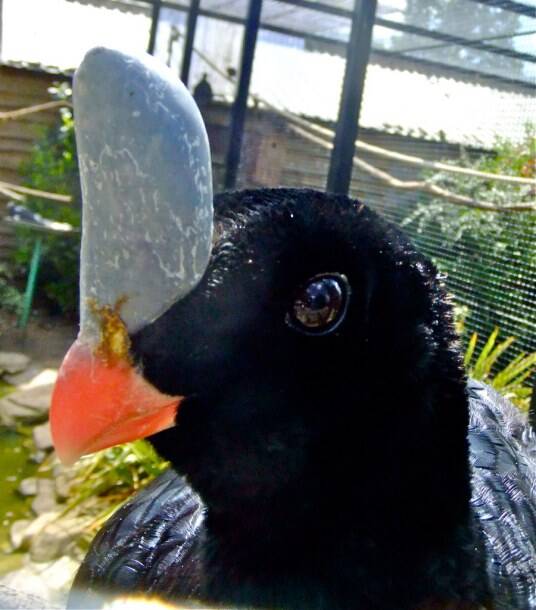
The chirp is a long phrase repeated every four seconds with three or four notes, with the first note being the loudest. The alarm is an explosive two-syllable k-sop. The breeding season is from February to March, the best time for the main plants to flourish.
Listed on the International Union for Conservation of Nature (IUCN) 2016 Red List of Threatened Species ver 3.1 - Critically Endangered (CR).
Protect wild animals and eliminate wild meat.
Maintaining ecological balance is everyone's responsibility!

